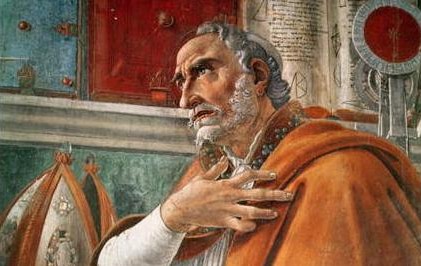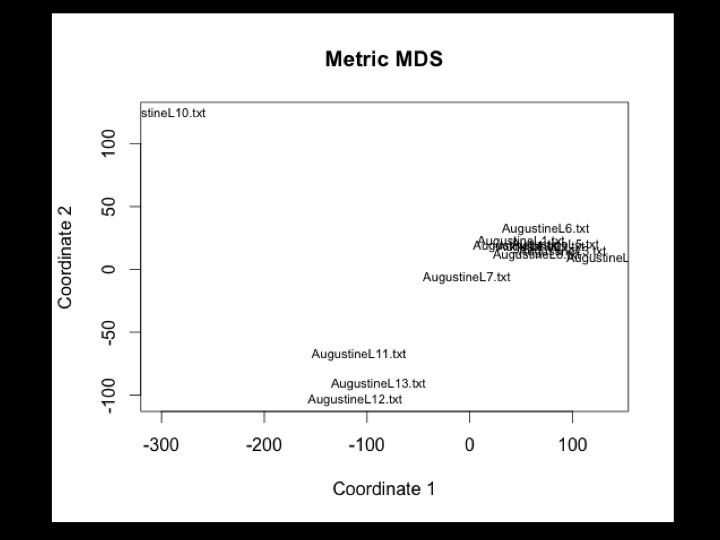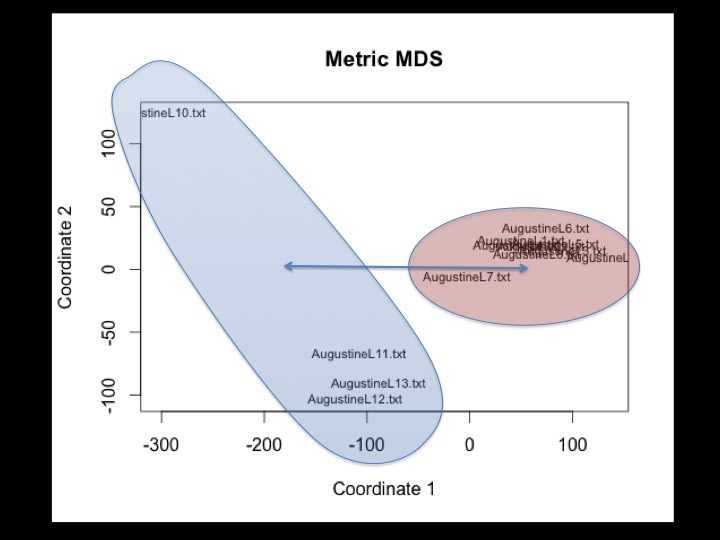Novel Conversions
What would it mean for a novel to turn us, even as we turn it? How are we not simply moved, but transformed – turned around, converted – through the novel’s combination of gestural and affective structures? How might we think about the correspondences between the novel’s technics and its tropes in its ability to assume meaning for us as a genre at a profound personal level?
The history of the novel, as Hans Blumenberg once remarked, has most often been read as an extended referendum on the Platonic notion that the poets lie. Major studies of the novel, from Auerbach’s mimesis to Barthes’ reality effect to contemporary interest in thing theory, reliably begin with the novel’s representation of an estranged reality as its primary generic identity. Novels are where we go to experience our alienation and therefore orientation to the social world. But rather than consider the history of the novel as an extended engagement with the problem of givenness, of das Gegebene – what Lukacs called “the immediate and unshatterable givenness of the world” – how might we construct a history of the novel’s performance of what we could call its devotionality, its Ergebenheit – the experience of giving ourselves completely and entirely over to it? What if novels are where we go to experience a sense of profound internal difference, not an estrangement from the world – a primordial Heimweh in Lukacs’ terms – but an experience of a completed identification with a world? What would such a conversional history of the novel look like?
In order to answer such questions, I have over the past year been constructing different computational models to think about the novel’s relationship to radical change, at both the narrative and semantic levels. Such thinking about the novel’s turning is of course deeply Augustinian in its lineages. The Confessions has served as a kind of foundational document in the Western tradition in establishing this conjunction of subjective transformation with the technological instrument of the codex. Indeed, this project initially took shape as an inquiry into the Augustinian legacy on modern autobiography after Rousseau. What remained, I was interested in asking, of this confessional archetype within an emerging commercial environment of life writing? And yet what I found over and over again was that according to the models I was building, Augustinian conversion lived on most strongly not in the genre of autobiography to which it belonged at a more general genealogical level, but instead in the genre of the novel. The novel, it seemed, was the genre where readers increasingly turned to experience conversion in a double sense – not just as a profound sense of change, but also as a form of devotion, as the experience of giving oneself over.
Overview
This project began with a graph.
Here we see a plot of the thirteen books of Augustine’s Confessions in their discursive relation to each other using the method of multi-dimensional scaling, where spatial relations are based on the degree of lexical similarity between the units. There are two features that I want to draw attention to in this graph and that emerged as the basis of my subsequent models of what I am calling narrative conversionality. The first is the relative distance between the pre- and post-conversional books of the Confessions (Augustine’s conversion occurs towards the close of Book Eight). We can see how the distance between the halves, and in particular Books 10-13, is greater than most of the distances between the individual parts of each half. There is a strong dissimilarity, according to this graph, of language between pre- and post-conversional narration.
The second feature is the relative distance between the books within the pre- and post-conversional parts. We can see how the clustering of the pre-conversional books is significantly tighter than that of the post-conversional books. There is, in other words, a strong intra-discursive difference between pre- and post-conversional narration, or said another way, the language after conversion becomes far more heterogeneous than that before. Augustine not only speaks in very different terms before and after his conversion, but he also speaks increasingly differently after his conversion. According to this graph, conversion is an entry into discursive plenitude.
In the paper version of this post, I continue to discuss the series of tests that I developed to model these two features of “conversionality”, moving from k-means, to hierarchical clustering, to the use of distance matrices to identify the greatest degree of binariness within sets of works as well as looking for the lexical presence of Augustine’s vocabulary of conversion (drawn from Book 8.12). I test these models against two primary corpuses: 150 novels drawn over a 150 year period from 1774 to 1932 and a similar collection of autobiographies with the same range.
I conclude with a discussion of examples of those novels which seem to score particularly high on my tests and ask what a realist novel of marriage, one of the most famous children’s novels of all time (Heidi), an “asteroid novel,” and Kafka’s The Castle all have in common as distinctively conversional forms.
The exciting aspect of this work for me is the way it allows for new kinds of literary groupings to take place that register levels of formal complexity that we would otherwise not be able to capture through our normal reading practices. But it is also an occasion to reflect on the question of conversional reading more generally and its technological a priori. What happens to the history of this bibliographic model of attachment — forms of devotional reading, from Augustine to Kafka — under new technological conditions? How does the conversionality of computational modeling — its reliance on principles of translation and resolution rather than readerly revolution — impact the future of readerly devotion?



